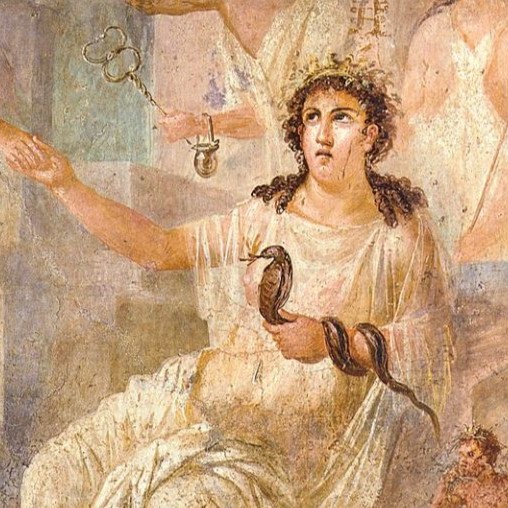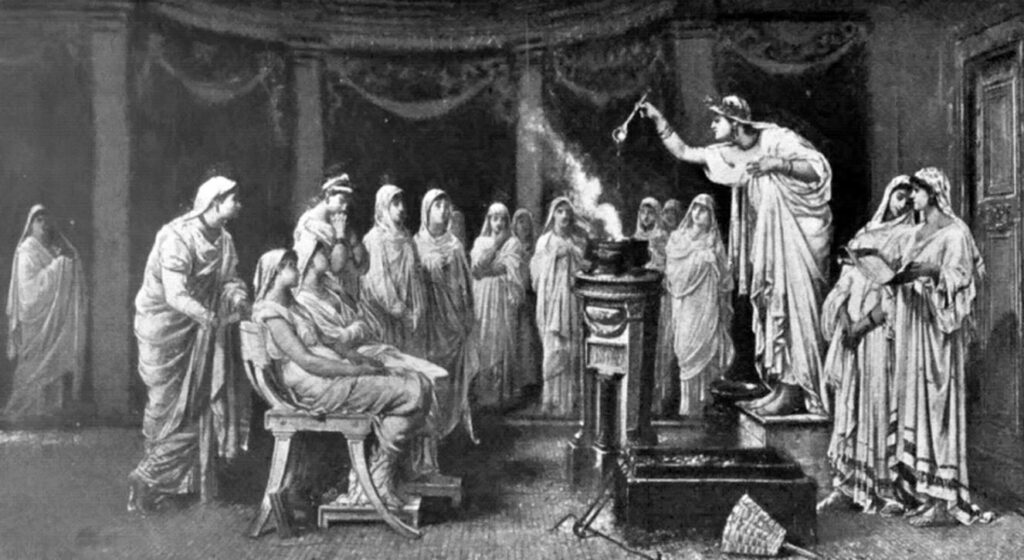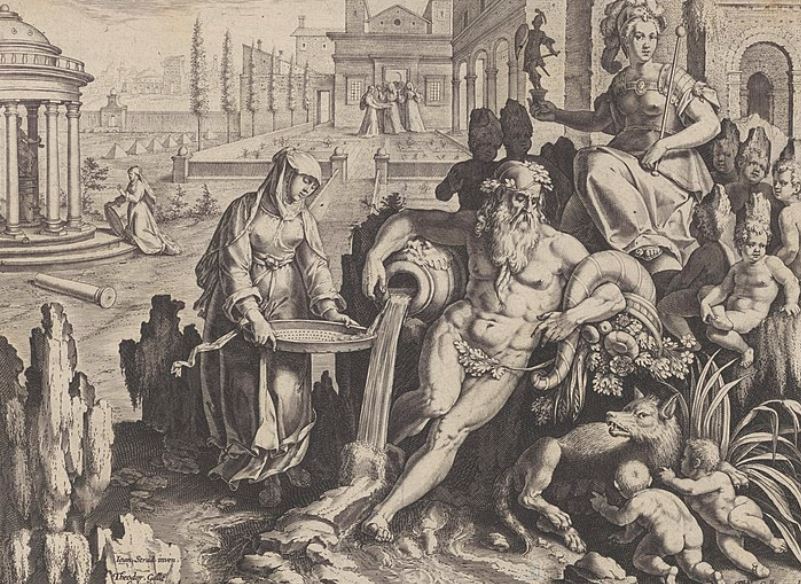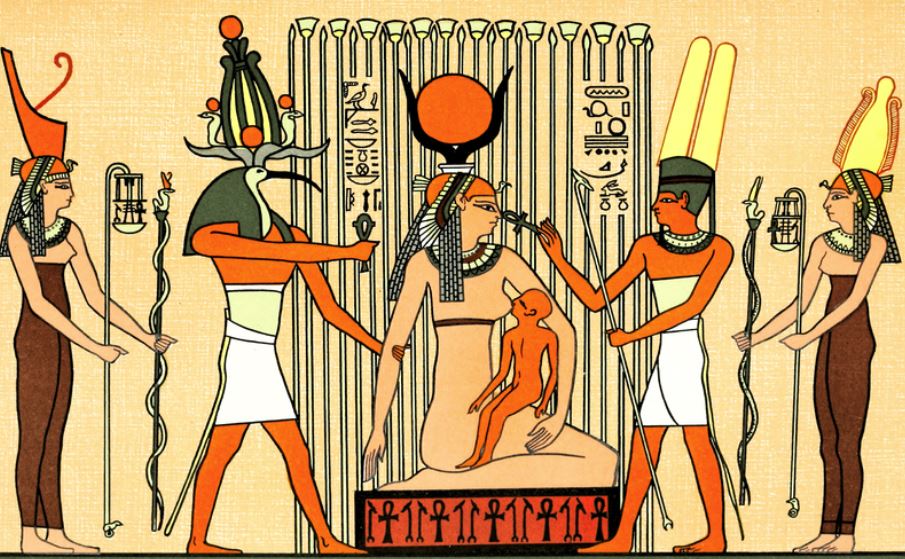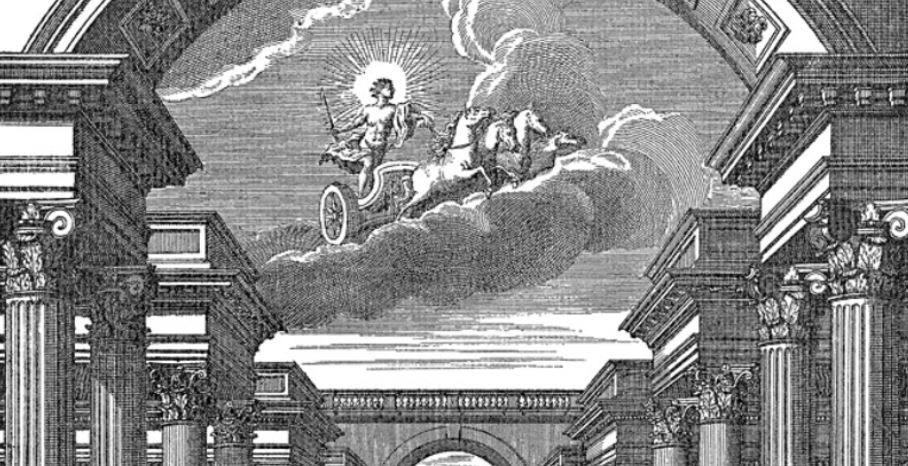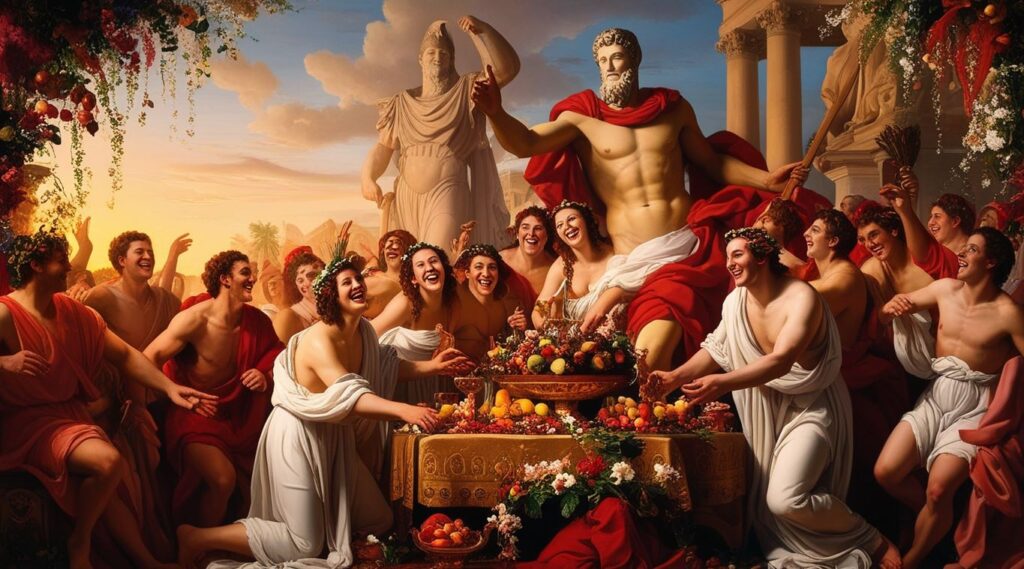Ancient Rome was a melting pot of cultures, religions, and traditions. Its approach to religion reflected this diversity.
Over time, the Roman Empire welcomed deities from far-off lands, incorporating them into its vast pantheon. These new gods brought with them unique customs, beliefs, and rituals, often reshaping the cultural and religious landscape of the empire.
This article explores the fascinating journey of some of the most prominent foreign gods in Rome: Magna Mater, Isis, Mithras, and others. It examines how they were adopted, adapted, and integrated into Roman society, shedding light on Rome’s complex and dynamic polytheistic culture.
1. The Arrival of Magna Mater
Magna Mater, or the Great Mother, was one of the first foreign deities to be officially introduced into Rome.
Known as Cybele in her native Anatolia, she was associated with fertility, nature, and the protection of cities.

Her arrival in Rome in 204 BCE was tied to a prophecy during the Second Punic War. The Romans believed that bringing her to their city would secure victory against Hannibal.
The worship of Magna Mater was both fascinating and controversial.
Her priests, the Galli, were known for their ecstatic rituals, which included self-castration. This practice shocked many Romans. However, over time, her cult became more Romanized. By the reign of Emperor Claudius, Roman citizens could serve as her priests without extreme rites. This gradual assimilation reflects how Rome balanced the preservation of tradition with the acceptance of new religious practices.
2. Isis: The Egyptian Queen of the Nile

Isis, a prominent Egyptian goddess, also found her way into Roman religious life. Initially associated with the fertility and abundance of the Nile, Isis gained popularity through trade and cultural exchanges. By the Imperial period, her worship had spread throughout the Roman Empire.
Her temples were architectural marvels. The Temple of Isis in the Campus Martius was one of the most notable examples. Rituals dedicated to Isis often involved initiation rites, setting her apart from traditional Roman practices. Devotees shaved their heads, donned distinctive attire, and participated in ceremonies that symbolized renewal and protection.
Isis’ popularity peaked during the reigns of emperors like Caligula and Domitian. Her association with Egypt, a critical source of grain for Rome, added to her significance. Isis not only represented fertility but also became a symbol of safe travel and prosperity, linking her closely to the empire’s economic stability.
3. The Mysterious Mithras

Mithras, a deity of Persian origin, appealed primarily to Roman soldiers.
His cult was shrouded in mystery and centered around small, secretive gatherings. Mithraic temples, or mithraea, were often hidden in caves or basements. Over a dozen such temples have been discovered in Ostia alone.
The Mithraic mythology revolved around themes of light and darkness, as well as the slaying of a sacred bull.
These elements were depicted in vivid reliefs and paintings. Astrological symbols, including Taurus, Scorpio, and Hydra, featured prominently in Mithraic imagery.
This cosmic connection added a layer of complexity to the cult.
Mithras’ appeal lay in his association with loyalty, bravery, and camaraderie—qualities highly valued in the military. Initiation into his cult involved a series of graded rites, emphasizing discipline and brotherhood.
Though Mithras never became a state god, his influence within the army ensured his widespread veneration.
4. Rome’s All-Encompassing Pantheon
Rome’s willingness to adopt foreign gods was driven by pragmatism and inclusivity.
Conquering new territories often meant encountering new deities. The Romans practiced evocatio, a ritual to invite the gods of a defeated city to Rome. This practice ensured divine favor and helped integrate conquered peoples into the empire.
Rome’s polytheism allowed for a remarkable level of religious freedom.
Citizens could worship any deity of their choice, whether traditional Roman gods, Greek imports like Apollo and Hercules, or foreign gods like Magna Mater, Isis, and Mithras. This flexibility fostered a sense of unity in an empire that spanned diverse cultures and regions.
5. The Rise of Christianity
Despite Rome’s openness to new gods, the arrival of Christianity marked a turning point.
Initially viewed as a sect of Judaism, Christianity spread rapidly across the empire. Its monotheistic beliefs clashed with Rome’s polytheistic traditions.
Christianity faced periods of persecution, particularly under emperors like Nero and Diocletian.
However, it gained legitimacy with Emperor Constantine’s Edict of Milan in 313 CE, which legalized Christian worship. By the late fourth century, Christianity had become the dominant religion, and pagan practices were gradually outlawed.
The shift from polytheism to monotheism was not immediate.
For centuries, traditional Roman gods coexisted with Christian beliefs. This transitional period highlights Rome’s adaptability and its capacity for religious evolution.
6. Legacy of Rome’s New Gods
The integration of foreign deities into Roman religion left a lasting legacy. It enriched Roman art, architecture, and culture. Temples dedicated to Isis and Mithras still stand as testaments to this religious diversity.
Rome’s approach to religion also influenced later civilizations.
The empire’s emphasis on religious freedom and inclusion set a precedent for pluralistic societies. Even as Christianity became dominant, the memory of Rome’s polytheistic past endured in art, literature, and cultural traditions.
The story of Rome’s new gods is a testament to the empire’s resilience and adaptability. It shows how a society can embrace diversity while maintaining its identity.
Rome’s ability to integrate foreign influences without losing its core values remains a powerful example of cultural and religious coexistence.
7. Final Thoughts on Rome’s Religions
Ancient Rome’s acceptance of new gods was both practical and symbolic. It demonstrated the empire’s commitment to unity and its openness to innovation. From Magna Mater to Mithras, each deity brought something unique to the Roman world.
These new gods not only enriched Rome’s religious landscape but also strengthened its cultural and political fabric. Their stories remind us of the power of inclusion and the enduring impact of shared beliefs. In embracing the divine, Rome embraced the world.
Further Reading
If you enjoyed this article you may like, these:

